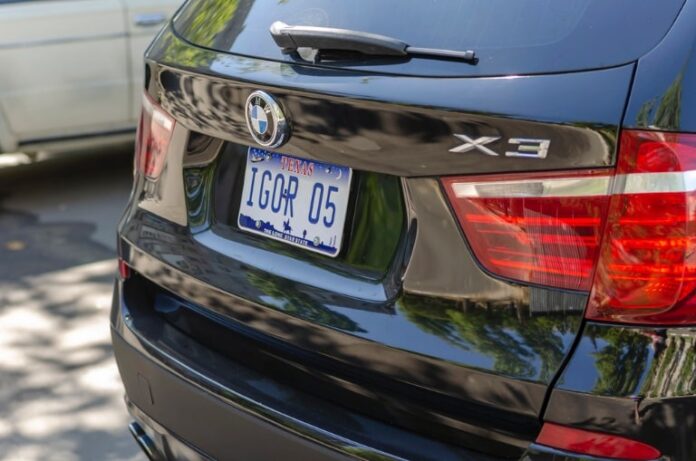If you’ve ever taken a road trip through Texas, you know it’s a state known for its wide-open highways, diverse cities, and strong sense of independence. From the buzzing streets of Houston to the scenic Hill Country drives, Texans take their road travel seriously, and so does the state when it comes to vehicle regulations. One such rule, often overlooked, involves something as simple as your car’s license plate.
If you face a situation where you’re unsure about whether your vehicle needs a front plate or where to mount it, it’s essential to understand the details of the Texas front license plate law. Knowing this can help you stay compliant and avoid unnecessary fines during traffic stops.
Vehicle Registration and License Plates in Texas
In Texas, all vehicles must be registered with the state. When you register your car, you receive license plates. The plates identify your vehicle and indicate that it has been registered.
Texas has a long history of using front and back license plates. This applies to most vehicles and trucks used on public roads. The primary reason for having two plates is enforcement and safety. Law enforcement officers can recognize cars from either direction, which assists them in a variety of situations, such as accidents or hit-and-run incidents.
What the Law Says
Before discussing the rule itself, let us familiarize ourselves with the region. Texas is the second-largest state in the United States, and it is home to millions of registered vehicles. Due to its size and population of drivers, traffic legislation in Texas is highly comprehensive.
Under the Texas front license plate statute, most cars are required to have two license plates, one on the front and another on the rear. The requirement is established in the Texas Transportation Code, the state’s official compilation of traffic statutes.
There are a couple of exceptions. For instance, a sports car or an older car that was not designed to have a front plate might be permitted to have a single one. However, most motorists must adhere to the two-plate rule, or they will be issued a citation.
What Happens If You Don’t Have a Front Plate?
If you do not have a front license plate when one is mandatory, you can be stopped and receive a fine. The fine may be $200. Even if the rear plate is correctly in place, missing a front one is a violation.
In certain instances, officers might let you off with a warning, provided you’re new to Texas and haven’t heard of the law. But that’s not a promise. Serial offenses might result in increased fines or other sanctions.
Exceptions to the Rule
Not all cars are required to abide by the two-plate rule. Certain exceptions include:
- Antique vehicles
- Roadworthy motorcycles
- Certain sports or luxury vehicles (if they weren’t originally designed to hold a front plate)
If your vehicle is in one of these groups, you might be eligible to obtain a single-plate registration. However, you have to provide evidence that your car cannot legally or safely accommodate a front plate.
Why Texas Uses Two Plates
Having two plates assists in law enforcement and public safety. If an individual crashes or flees a crime scene in a car, witnesses or cameras might only see the front of the vehicle. Without having a front plate, it becomes much more difficult to track the vehicle.
Two plates also assist with traffic cameras and toll roads, ubiquitous throughout Texas. Many of these systems utilize license plate recognition to bill drivers or scan for unpaid fines.
Recent Updates and Public Opinion
There have been attempts in Texas to modify the two-plate rule over the years. Some motorists believe that front plates spoil the appearance of their vehicle, or that the rule is unnecessary. Nevertheless, to date, the law has not been altered for most types of vehicles. Currently, two plates are still required under Texas law for most motorists.




